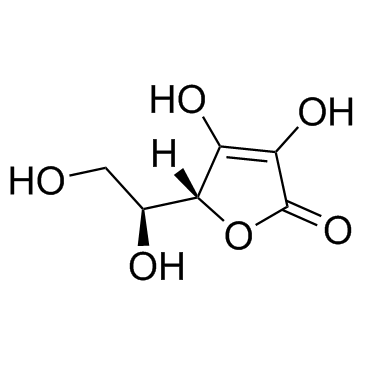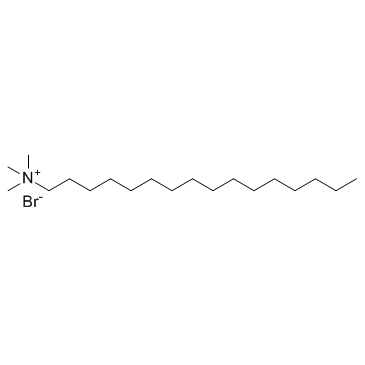| Structure | Name/CAS No. | Articles |
|---|---|---|
 |
sodiumborohydride
CAS:16940-66-2 |
|
 |
Ascorbic acid
CAS:50-81-7 |
|
 |
Hydroquinone
CAS:123-31-9 |
|
 |
Cadmium telluride
CAS:1306-25-8 |
|
 |
Hexadecyl trimethyl ammonium bromide
CAS:57-09-0 |